Zorica NoblZorica Read the story Solve based on the story Calculate Explore Say what you think Make 1 A BOOK OF STIMULATING AND ENTERTAINING EXERCISES RELATED TO THE FOLLOWING SUBJECTS: MATHEMATICS, LANGUAGE AND THE WORLD AROUND US SUPER Thinking Creative Creative Activities Activities
A BOOK OF STIMULATING AND ENTERTAINING EXERCISES RELATED TO THE FOLLOWING SUBJECTS: MATHEMATICS, LANGUAGE AND THE WORLD AROUND US Zorica NoblZorica NoblSUPER Thinking Creative Creative Activities Activities Read the story Solve based on the story Calculate Explore Say what you think Make 1
The workbook Super Creative Thinking Activities 1 is intended for students attending the first grade of primary school. Depending on their reading abilities, first-graders may use it on a self-study basis or with help from their parents or teachers, either in extended stay or during regular classes.
The topics and exercises follow the existing Program of Education and Teaching for the First Grade of Primary Education and Upbringing and they provide the opportunity to practise the subject matter taught at school in an entertaining manner, either at home or in school. Teach ers may use individual exercises for work in the introductory or ending part of their lessons as an additional material for children who are able to complete faster the exercises envisaged for them, and they may also use entire thematic units, where there is multiple correlation between program contents. Such inter-subject correlation is one of the key elements of the contemporary relationship with education and life.
Exercises in the workbook Super Creative Thinking Activities 1 are not a test of knowledge. Some exercises have two or more correct solutions. In many exercises children are required to express their own opinion. In such cases, one should take into consideration every answer related to the question asked and encourage the child to be open and frank.
The goal of the authors of this workbook is to encourage children to independently and actively reach solutions to the exercises and problematic situations. Exploration exercises, exercises where a personal opinion or attitude needs to be expressed, as well as exercises for creation and construction, develop logical and critical thinking in children. Spontaneously and through game-playing, these exercises help students acquire many life skills.
2
3 • Read • Solve based on the story • Do the exercises • Calculate • Explore • Say what you think • Make At playtime ................ 4 At home it is best ........... 14 The town mouse and the country mouse ...... 24 Numbers and me .......... 34 Four seasons of the year .... 44 Bird watching ............. 54 Fruit salad ............... 64 A poem ................. 74 Going sailing ............. 84 A manual for gardeners ... 94 Party .................... 104 TOPIC
AT PLAYTIME
Today is Thursday. Jane and Luke are at playtime between the lessons. They go to the same class. In their last lesson, they learned how to write new letters in cursive style. Before that, they had had mathematics. They’ve grown tired, so being at playtime feels good. They are enjoying their lunch. Jane is eating an apple, and Luke is relishing a cookie. – I can’t wait for our last class to begin – says Luke. Luke is very fond of physical education. Jane is looking forward to their next class. She’s heard that in their music lesson they will be learning a new song.

4
READ
5 AT PLAYTIME Bold the appropriate word to make the sentences correct. Complete Jane and Luke’s school timetable for Thursday. Order the names of the subjects in accordance with the story. One name is superfluous. Thursday 1. lesson 2. lesson 3. lesson 4. lesson Physical education Art Mathematics Language Music SOLVE BASED ON THE STORY 1. 2. For lunch, Luke is having a banana an apple a cookie. Tomorrow is Thursday Friday Wednesday.

6 AT PLAYTIME Bold the word and then match it to its corresponding picture. pencil sharpener notebook pencil eraser pencil case 1. DO THE EXERCISES
Jane always writes on the lid of her lunchbox the name of the snack that she has brought with her to eat that day. The letters are jumbled. Find out what Jane had for lunch over the past week. Draw the answers.


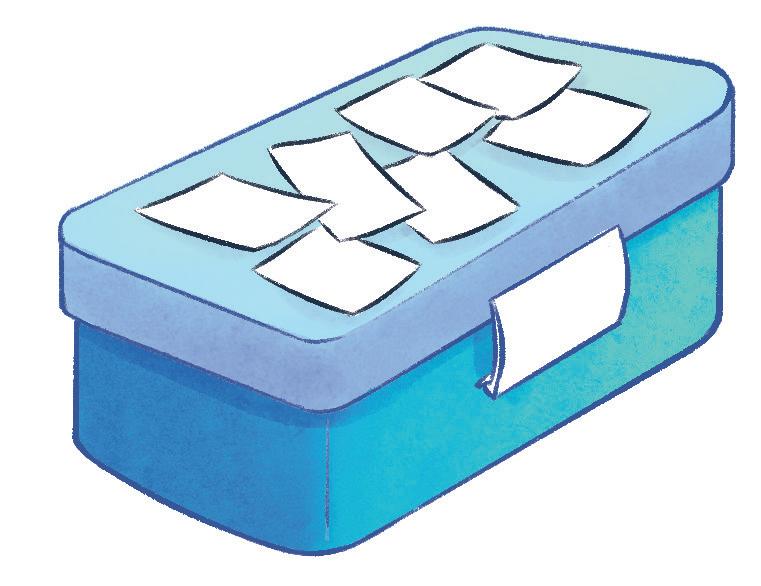


7 AT PLAYTIME
2. Monday a bn a an h d c n i s wa t u i b s ci i at c e e g eg Tuesday Wednesday Thursday Friday


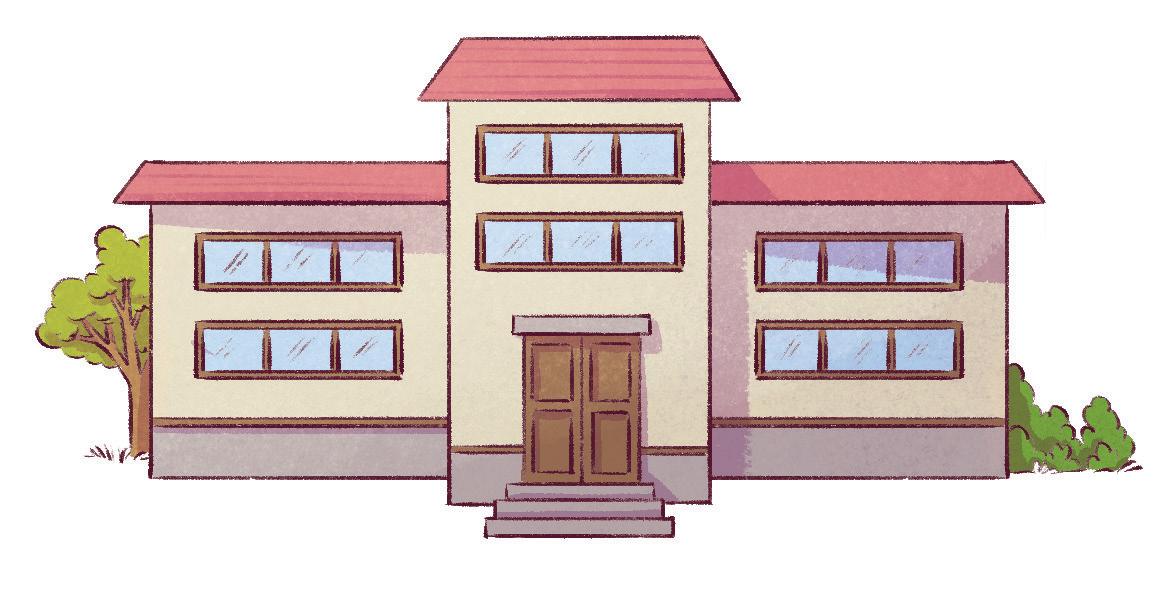
8 AT PLAYTIME Colour Jane and Luke’s route from home to school. Jane and Luke can progress only one step at a time: down, up, left, and right. They are allowed to step only on the squares with even numbers. 3. 2 6 3 13 3 19 7 1 9 4 8 9 15 1 5 11 13 5 6 17 1 19 9 15 1 19 2 13 16 8 10 3 3 18 10 19 10 17 14 7 9 20 5 3 14 13 10 17 15 8 16 12 4 11 8 6 7 15 11 19 17 9 5 20
CALCULATE
1.

During playtime, Luke ate 4 honey cookies, John ate 7 mini cookies, and Philip ate 3 mini chocolate bars. How many candies in total did the three of them eat?

Playtime between lessons lasts 20 minutes. Jane takes 8 minutes to eat the whole of her lunch. How much time does she have left to play with her friends?
On Monday, Tuesday and Wednesday, Jane and Luke have 5 lessons per day, and on Thursday and Friday they have 4 lessons per day. How many lessons do they have in total over the week?
Sarah and Nell bought their lunch. Sarah paid 80 dinars for her snack, and Nell bought hers for 70 dinars. What did Sarah buy, and what did Nell buy?
Space for calculation:
30 din. 60 din. 20 din. 40 din.


They ate candies.
Space for calculation:






She has minutes left to play.
Space for calculation:









They have lessons. Sarah bought
Space for calculation: Nell bought
.
9 AT PLAYTIME
.
Every day, Luke has honey cookies for lunch. In the chart below, it is shown how many honey cookies Luke ate during the last week.
How many honey cookies did Luke eat last week? Luke ate honey cookies.
On Monday, Luke opened a new box of honey cookies. How many honey cookies did he have left in the box on Friday after school?
had honey cookies left.

10 AT PLAYTIME
He
2. Monday Tuesday Wednesday Thursday Friday0 1 2 3 4 5
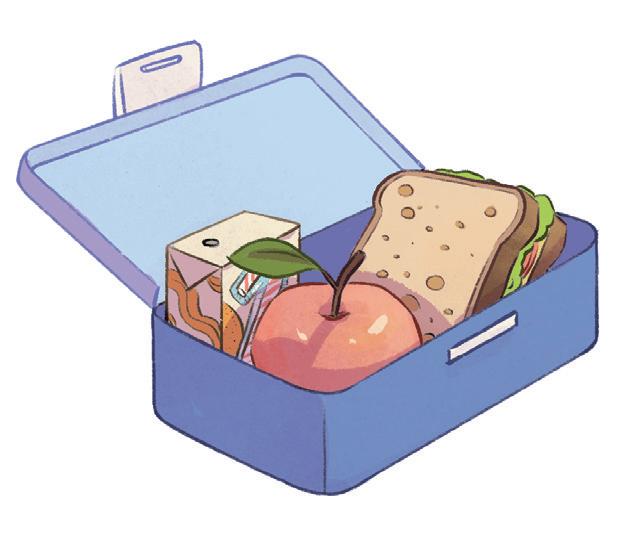
11 AT PLAYTIME EXPLORE Find out what your classmates like to eat for lunch. Show it in the chart. For every answer colour one little square. sandwich cookies fruit juice something else crisps 15 14 13 12 11 10 9 8 7 6 5 4 3 2 1 Number of students in my class: Number of students asked: The most favourite lunch in our class is . In your opinion, do your classmates eat healthy snacks for lunch? Yes No
12 AT PLAYTIME SAY WHAT YOU THINK 1. Imagine you had something that is eaten with a spoon for lunch, and you had forgotten to pack a spoon and bring it with you to school. What would you do in that situation? 2. What do you prefer for lunch? Tick the appropriate sentence. □ Something that tastes awful but will make you smarter. □ Something that is very tasty but will make you stupid. Explain why. 3. Circle three words that best describe your teacher. curiosity quickness wisdom shyness resourcefulness clumsiness wittinesspersistence


13 AT PLAYTIME Devise and make an object in which you will carry your cutlery, so you can have it with you whenever you need it for lunch. CHALLENGE: This object must be big enough to accommodate a spoon or a fork. In that object the cutlery must remain clean until you happen to need it. TEST Test the object you made. Describe or draw how the test unfolded. DRAWING Draw what this object should look like. Was the project successful? □ YES □ NO Write down what materials you found and what tools you may need. » Plan « Task: MATERIALS • • • TOOLS • • • MAKE
AT HOME IT IS BEST
People live in houses. They make houses of different materials. The Eskimos build houses of ice. In some villages in Africa, people build houses of mud. Some houses are built of wood, some of stone, and some are made of bricks. Most often houses are built of several different materials.
There are small houses. Sometimes such houses have only one room. There are also huge houses with many rooms.
Whatever it is made of and no matter how big it is, the house we live in is our home.

14
READ

15 AT HOME IT IS BEST Circle the names of the materials that are not mentioned in the text. As for the remaining words, arrange them in the crossword. mud paper plastic wood glass stone ice sand bricks cloth SOLVE BASED ON THE STORY b s o





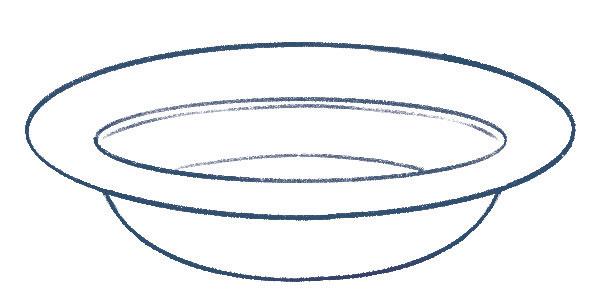
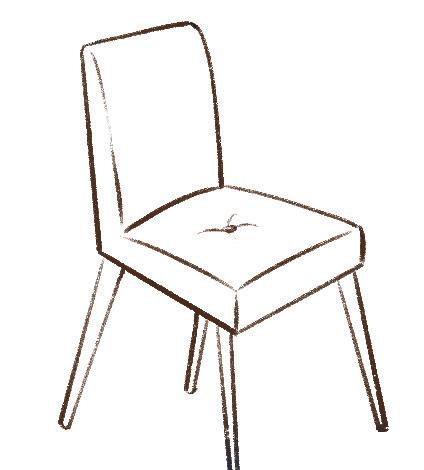
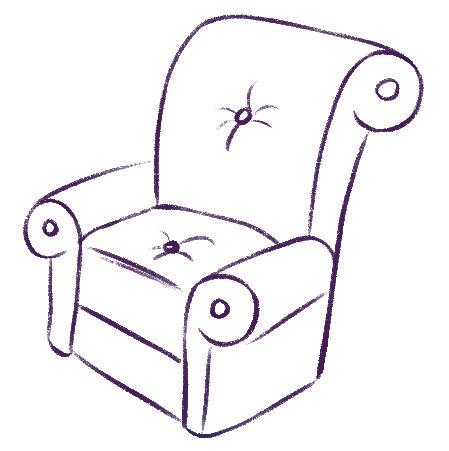


16 AT HOME IT IS BEST Bold the letters. You will obtain words. Colour the pictures that each of the words corresponds to. 1. clock iron carpet armchair television DO THE EXERCISES
3. 4.
Draw a house.

1. The house has a red door.
2. The house has two windows.
3. Draw a cat on the roof of the house.
4. The street number of the house is 9.
Mary, Valery, and Leo live in three separate houses. Under each of the houses, write the name of the child that lives in it.


A small tip: First read the instructions through.
• Mary’s house does not have a chimney.
• Valery’s room is on the first floor.
• Leo’s house is between Mary’s and Valery’s.
Write a sentence in which the word house is at the end.
17 AT HOME IT IS BEST
2.
took a walk around the neighbourhood. Follow the arrows and mark the route that he took to get
The first part of the route is already marked in the picture.

18 Jack
home.
Colour Jack’s house. 4. AT HOME IT IS BEST
For the construction of its house, the first pig uses straw. A big bale of straw is worth 5 coins and a small one is worth 2 coins.

the value of the house that the first pig is building.
the construction of its house, the second pig needs 20 wooden beams. The pig has collected 12 beams. How many more beams does it need?
third pig is constructing a house of bricks.
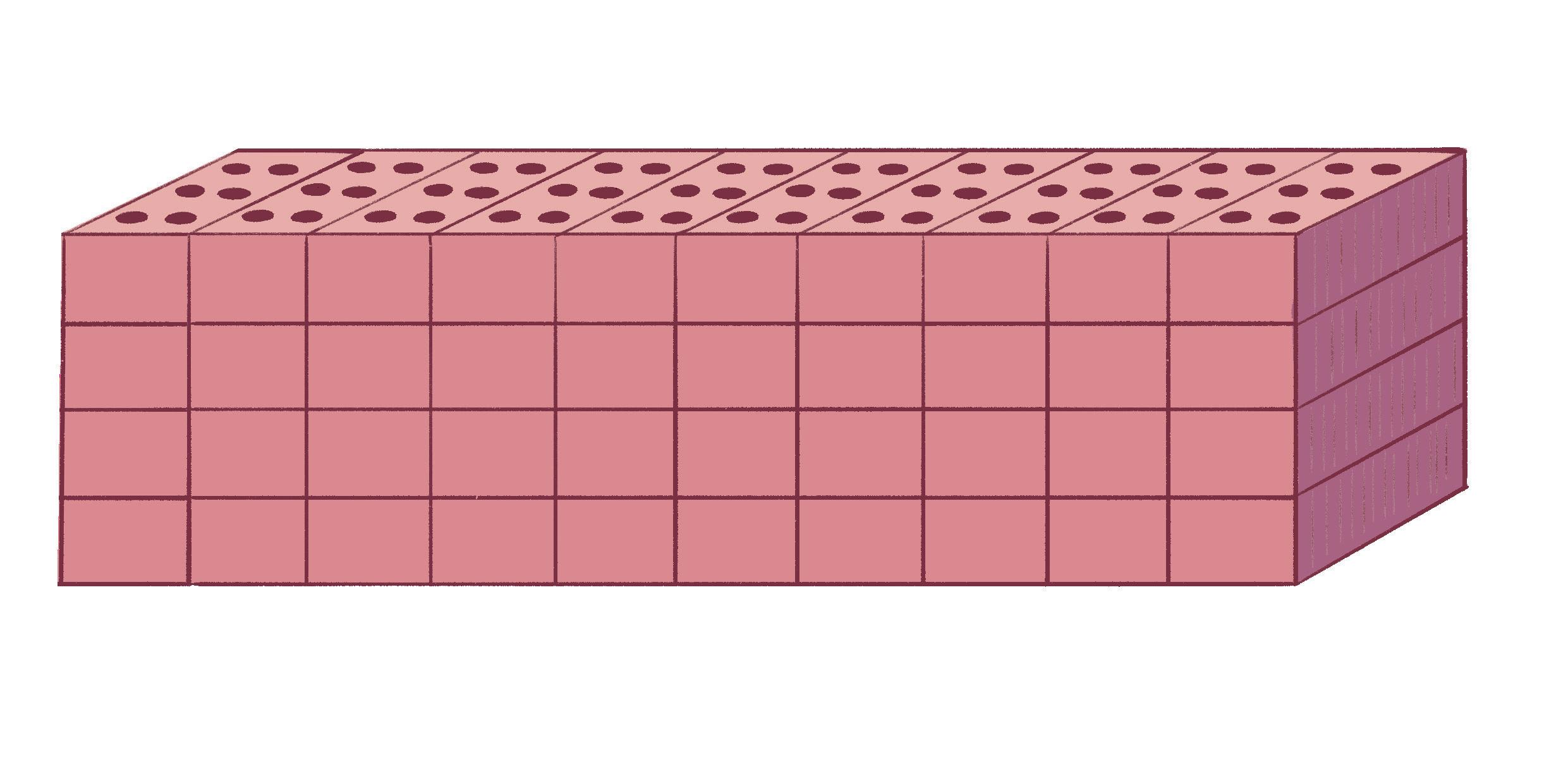

which
them there has
in
other
picture.
be a ‘+’ symbol.
of
above the other,
19
Calculate
For
The
The pig lays two bricks at a time of which the sum is 10. Circle the pairs
bricks of
the sum is 10, as begun below
the
The bricks have to be next to each
or one
and between
to
Space for calculation: The value of the house is coins. It needs beams. 4 + 6 + 9 + 2 + 8 + + 7 + 5 + 7 + 5 + 5 2 + 8 + 1 + 6 + 4 + + 3 + 5 + 3 + 3 + 7 1. 2. 3. AT HOME IT IS BEST CALCULATE
The pigs mixed their construction material. Count the items of material and write the number of items that each of the pigs has.


20
4. AT HOME IT IS BEST







































